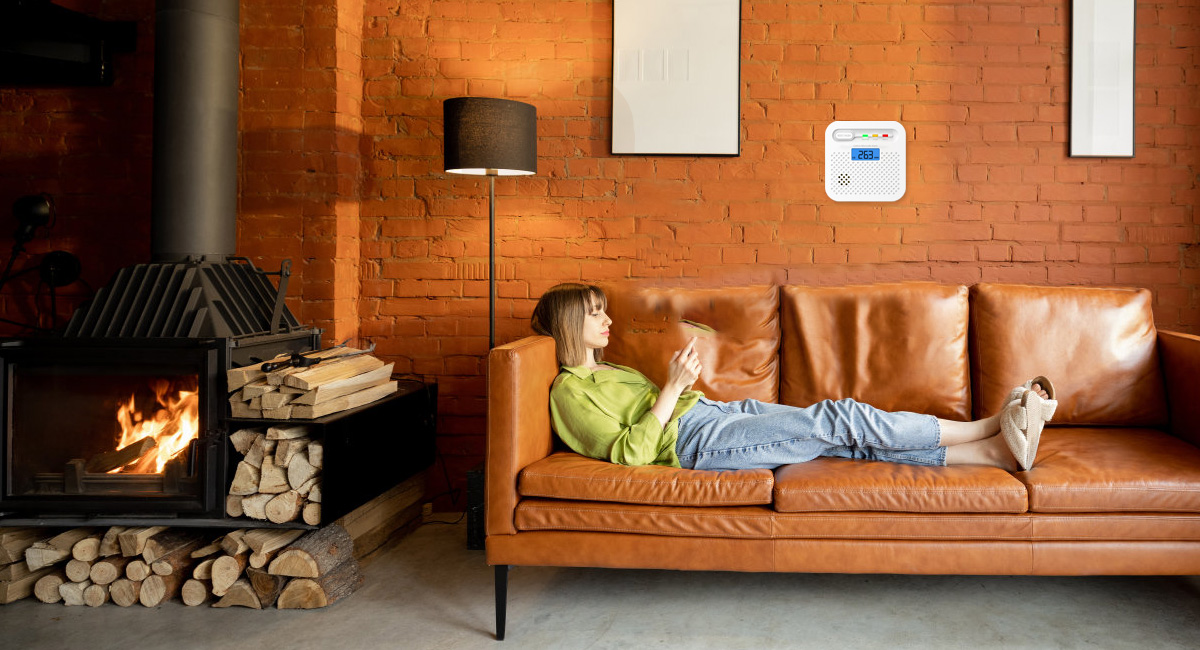
Detector monoxidi carboniiPrincipio reactionis electrochemicae praecipue nituntur. Cum detector monoxidum carbonii in aere detegit, electrodus mensurae celeriter respondet et hanc reactionem in signum electricum convertet. Signum electricum ad microprocessorem instrumenti transmittetur et cum valore securitatis praefinito comparabitur. Si valor mensuratus valorem securitatis excedit, instrumentum alarmum emittet.
Cum dormientes maxime obnoxii simus effectibus veneficii monoxidi carbonii, interest detectores prope cubicula familiae tuae ponere. Si unum tantum detector CO habes, eum quam proxime ad locum dormiendi omnium colloca.
Detectores COPossunt etiam habere tabulam quae gradum CO ostendit et in altitudine ubi facile legi possit collocari debet. Memento etiam ne detectores monoxidi carbonii directe supra vel iuxta instrumenta combustione combustibilis installes, cum instrumenta parvam quantitatem monoxidi carbonii in initio emittere possint.
Ad detectores monoxidi carbonii probandos, preme et tene bullam probationis in alarmi. Detector quattuor sonos sonoros, pausam, deinde quattuor sonos sonoros per quinque vel sex secundas emittet. Consule manuale usoris pro exemplo tuo specifico.
Ad detectores monoxidi carbonii probandos, preme et tene bullam probationis in alarmi. Detector quattuor sonos sonoros, pausam, deinde quattuor sonos sonoros per quinque vel sex secundas emittet. Consule manuale usoris pro exemplo tuo specifico.
Tempus publicationis: XI Septembris, MMXXIV




